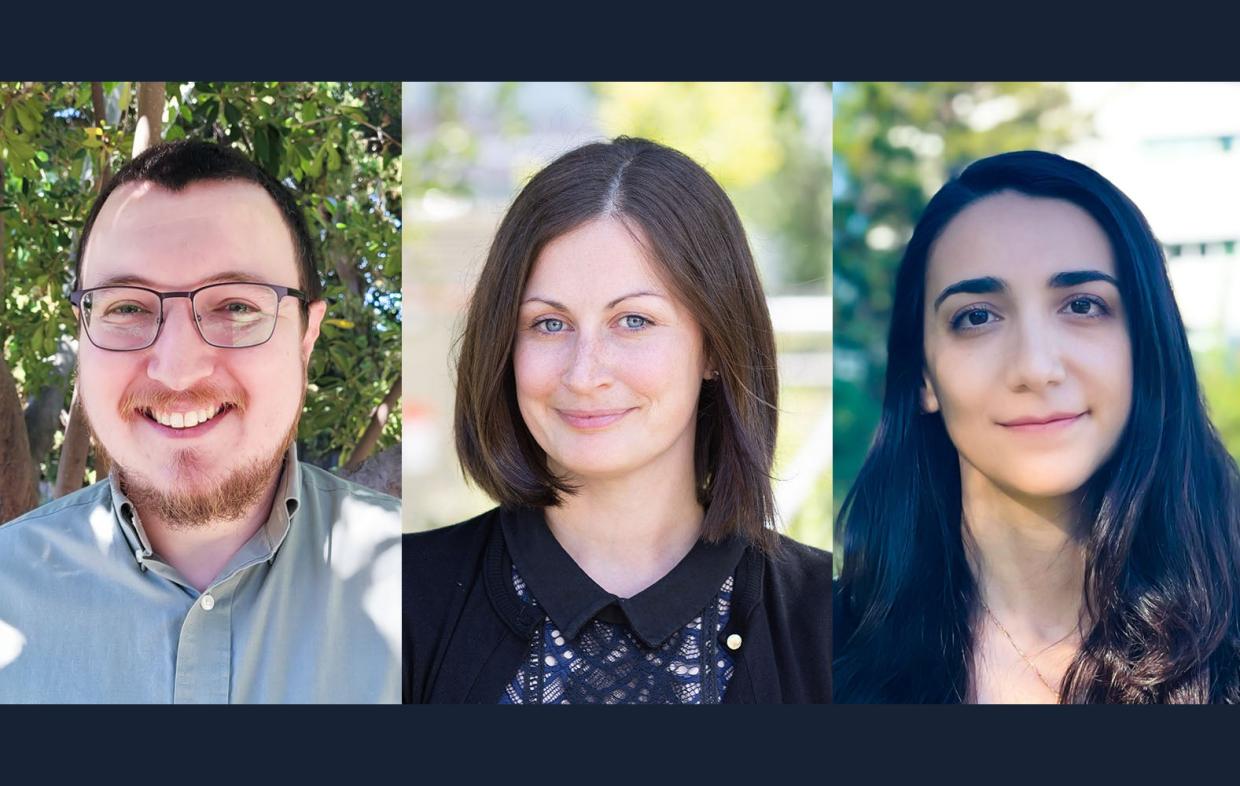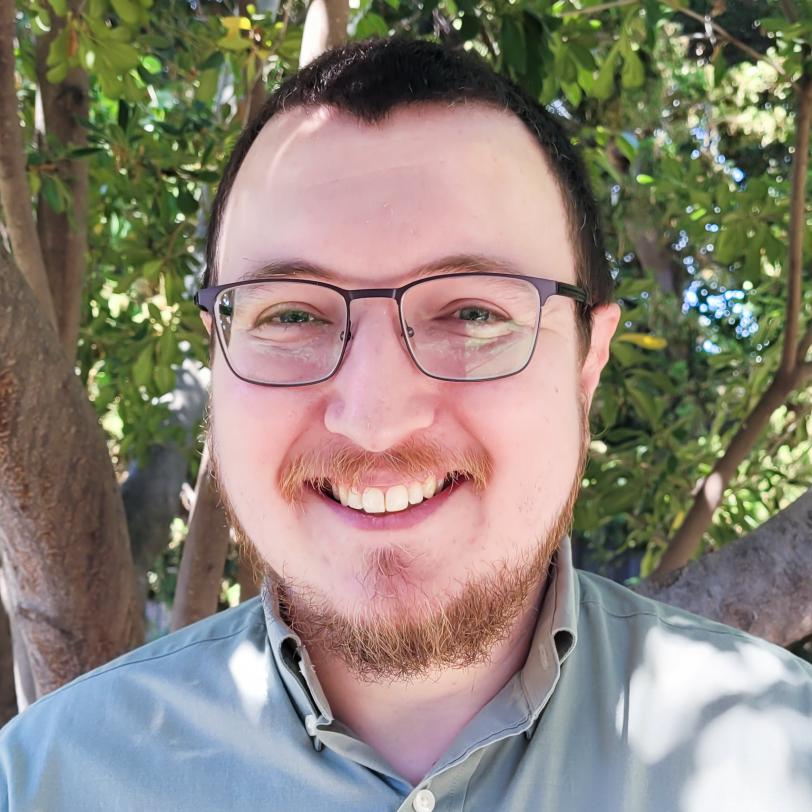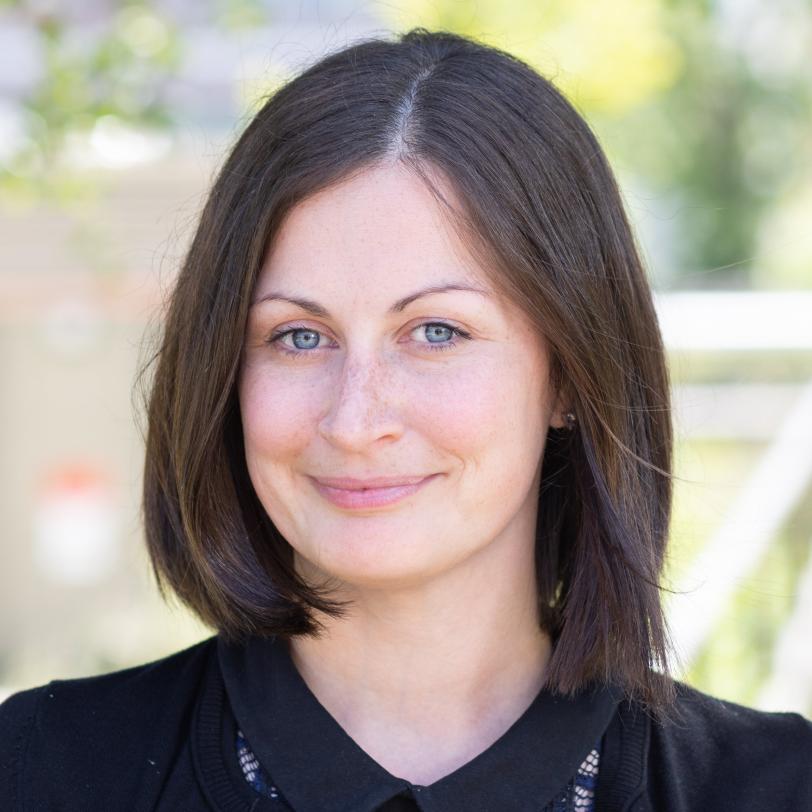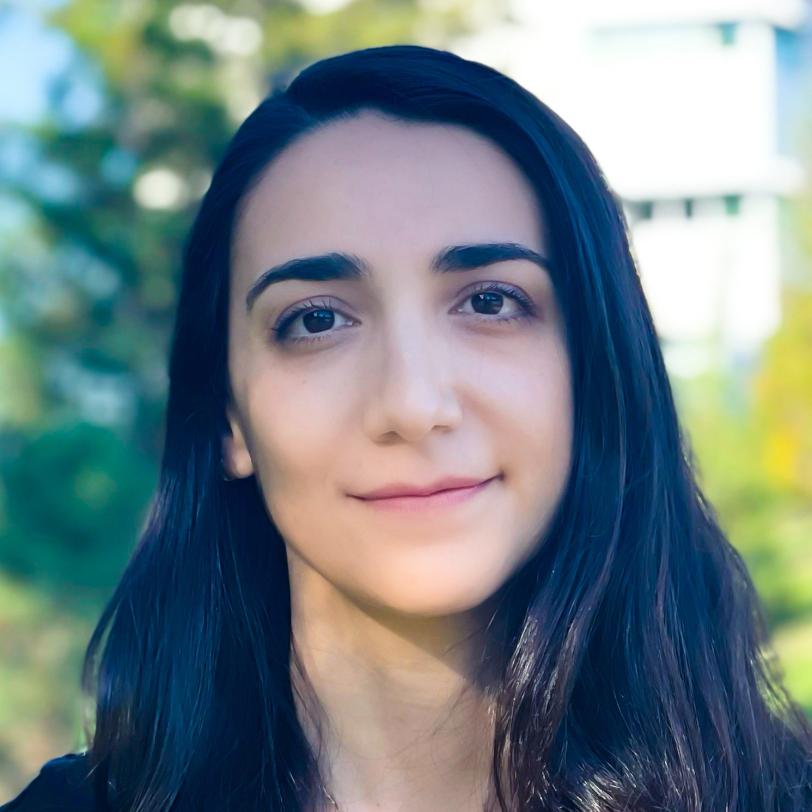Three SLAC researchers are recognized with prestigious DOE Early Career Awards
Edward Hohenstein, Emma McBride and Caterina Vernieri study what happens to molecules hit by light, recreate extreme states of matter like those inside stars and planets, and search for new physics phenomena at the most fundamental level.
By Glennda Chui, Nathan Collins, Manuel Gnida, Ali Sundermier
Edward Hohenstein, Emma McBride and Caterina Vernieri from the Department of Energy’s SLAC National Accelerator Laboratory will receive prestigious Early Career Research Program awards for studies of light-induced chemical reactions and how to control them, matter in extreme conditions and the physics of fundamental particles and forces.

The SLAC scientists are among 83 awardees from universities and national laboratories across the U.S. and will each receive $500,000 annually for five years.
“Maintaining our nation’s brain trust of world-class scientists and researchers is one of DOE’s top priorities – and that means we need to give them the resources they need to succeed early on in their careers,” said Secretary of Energy Jennifer M. Granholm in an announcement today. “These awardees show exceptional potential to help us tackle America’s toughest challenges and secure our economic competitiveness for decades to come.”
JoAnne Hewett, SLAC’s chief research officer and associate lab director for fundamental physics, said, “The Early Career Research Program is highly successful in supporting promising young scientists to launch spectacular careers. It’s tremendous to have three of our exceptional researchers working in very different scientific fields achieve this recognition. It’s truly reflective of the depth of talent at SLAC.”
Edward Hohenstein: Predicting what happens to molecules hit by light

Ed Hohenstein came to SLAC as a senior staff scientist in 2018. It was his second stint at the lab: After getting his PhD at Georgia Institute of Technology in 2011, he did postdoctoral research at the Stanford PULSE Institute with SLAC Professor Todd Martinez, left for a faculty position at City College of New York, and returned to SLAC four years later to continue his research in theoretical chemistry.
As a theorist, he specializes in developing and improving methods for predicting what happens when a molecule absorbs light. Depending on its wavelength and intensity, light can break a molecule apart, eject or scatter off its electrons or cause protons to transfer from one atom to another, for instance.
The theoretical tools he develops work hand in hand with experiments at SLAC’s Linac Coherent Light Source (LCLS) X-ray free-electron laser, where studying the interaction of light and matter is a major focus.
“When we do theory, we can access the things that cannot be measured experimentally,” Hohenstein said. “So we can help experimenters understand what they saw, and experimenters can help validate our theories by telling us which parts of our predictions are correct and which parts we need to describe more accurately.”
As a SLAC postdoc, Hohenstein found a way to compress the information contained in complex wave functions that describe how electrons behave so it takes up much less storage space and can be searched much more efficiently. It’s based on techniques companies use to recommend which products you might want to buy next, but goes far beyond that, Martinez said, “as though you were going to figure out, for new products that don’t even exist yet, what everybody’s going to want and who’s going to want it. It’s a whole new ball game.”
The Early Career Award will shift Hohenstein’s work to a new direction: Understanding what happens to molecules when they’re placed between a set of mirrors – an “optical cavity” – along with a standing light wave. Research over the past decade has shown that interactions between the molecules and the light wave could be tuned to drive chemical reactions in new and unexpected directions, which ultimately could lead to more efficient chemical manufacturing.
The software he and his collaborators develop to study these interactions will be made available for free to the scientific community.
“Ed is super creative and productive, and very collaborative, too,” Martinez said. “I think it’s very great for SLAC that Ed is here.”
Emma McBride: Recreating states of matter that exist inside stars and planets

Emma McBride came to SLAC in 2015 from the German research center DESY, where she did postdoctoral research after completing her PhD at the University of Edinburgh.
As a 2018 Panofsky fellow, she has been diving deeper into work she began during an earlier Peter Paul Ewald Fellowship at SLAC and European XFEL in Germany: She bombards materials with intense light from a high-power laser to recreate states of matter that exist only in extreme conditions, like those found inside planets and stars. Then she uses LCLS’s ultrabright X-ray flashes to observe how the material’s properties change on an atomic level.
“In the lab we create these extreme conditions with very short, intense lasers, and so the high pressure and high temperature states exist for only nanoseconds,” McBride says. “The LCLS provides X-rays that are short enough in duration, and bright enough, to capture and diagnose these very short-lived states. While structural studies of behavior at extreme conditions have revealed a wealth of information, to truly understand what’s happening we need to understand not just the pressure but also the temperature reached.”
High pressures and temperatures inside planets create materials in forms that don’t exist anywhere else; even more extreme conditions inside stars enable nuclear fusion, which could provide cheap and clean energy if successfully replicated on Earth.
“The Early Career Award will allow me to develop high-resolution X-ray scattering techniques combined with high-intensity laser driver techniques that can provide insight into an important and intriguing state of matter known as warm dense matter,” McBride said. “While not common on Earth, warm dense matter is ubiquitous throughout the universe, found in the dense cores of planets and stars.”
Although understanding this state is vital for developing inertial fusion energy, McBride says, it is not well described by plasma physics or condensed matter theories.
“Emma is at the forefront of X-ray laser physics,” says Siegfried Glenzer, head of the lab's High Energy Density Science Division. "Her innovative work, including directly measuring temperatures in extreme states of matter with unprecedented resolution, has profoundly influenced the dense plasma physics community."
Caterina Vernieri: Searching for new physics on the most fundamental level

Vernieri came to SLAC after studying the Higgs boson, which gives mass to all the elementary particles, first as a PhD at Scuola Normale Superiore di Pisa and then as a postdoctoral fellow at DOE’s Fermi National Accelerator Laboratory. At that time, her research focused on how the Higgs particle decays into other particles, as well as identifying Higgs bosons produced at high energy.
At SLAC, where Vernieri is a member of the ATLAS experiment at CERN’s Large Hadron Collider, she has turned her attention to how the Higgs boson interacts with itself. In theory, that interaction should depend only on the Higgs boson’s mass, which has been measured at the LHC. Any deviations from the predicted interaction could be a sign of new physics beyond the Standard Model. This is the next big piece for researchers focused on understanding the Higgs mechanism and how particles acquire their mass, Vernieri said.
Vernieri said she plans to use her award to expand her research here at SLAC. “Of course I’m honored, because it’s a prestigious award, and I’m really excited because this will enable me to expand my team and the impact of my research,” she said.
Among the things she hopes to do next are designing new strategies to probe the Higgs boson self-interaction through the study of double Higgs production and Higgs production at high energy with new data coming from LHC, and continuing work on the next generation of the pixel detector, a key component of the ATLAS experiment. Knowledge she gains there, Vernieri said, could aid the design and development of new particle-hunting facilities. “I’m hoping to learn as much as possible so that we can be successful in the next generation of detectors and colliders.”
Charles Young, the co-team leader for ATLAS work at SLAC, said that Vernieri has been instrumental in both studying Higgs interactions and developing equipment to detect particles. “For me, for someone to tackle two different projects like these in parallel and do a good job at both of them is pretty amazing,” he said.
Ariel Schwartzman, an associate professor at SLAC, said Vernieri is also a major figure in the Snowmass particle physics planning process in the area of Higgs boson processes and interactions and instrumentation.
“This award recognizes Caterina's remarkable accomplishments and ideas and will allow her to make major contributions to ATLAS, the LHC, and the future of particle physics in the U.S.,” he said. “I am extremely excited and looking forward to Caterina's scientific achievements within the next several years.”
LCLS is an Office of Science user facility.
For questions or comments, contact the SLAC Office of Communications at communications@slac.stanford.edu.
SLAC is a vibrant multiprogram laboratory that explores how the universe works at the biggest, smallest and fastest scales and invents powerful tools used by scientists around the globe. With research spanning particle physics, astrophysics and cosmology, materials, chemistry, bio- and energy sciences and scientific computing, we help solve real-world problems and advance the interests of the nation.
SLAC is operated by Stanford University for the U.S. Department of Energy’s Office of Science. The Office of Science is the single largest supporter of basic research in the physical sciences in the United States and is working to address some of the most pressing challenges of our time.





